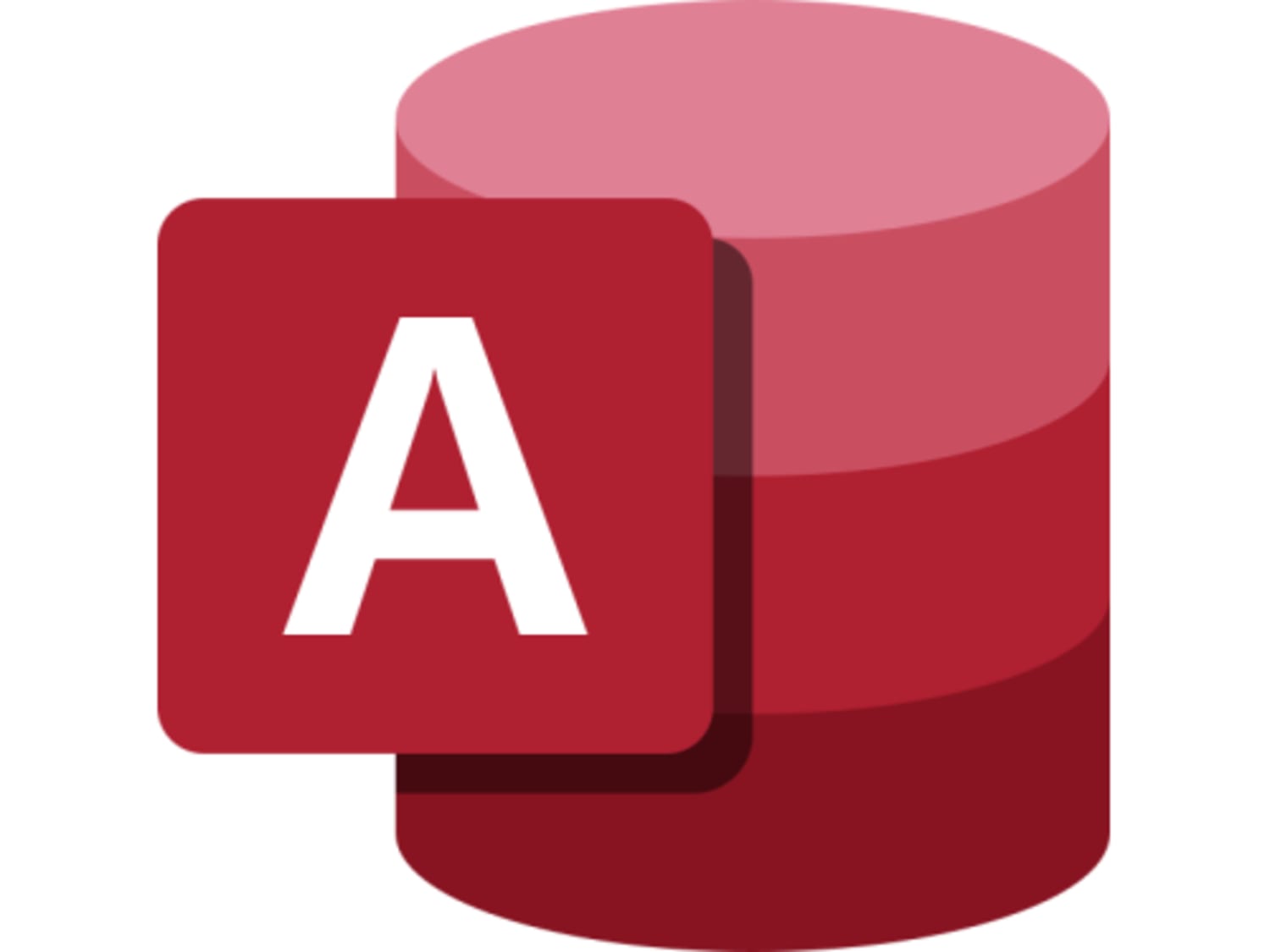
Microsoft Office Access 2019: Part 2
Previous training and experience using Microsoft® Office Access® should have given participants basic database management skills, such as creating tables, designing forms and reports, and building queries. In this course, they will expand their knowledge of relational database design, promote quality input from users, improve database efficiency and promote data integrity, and implement advanced features in tables, queries, forms, and reports. Extending their knowledge of Access will result in a robust, functional database for their users. This course focuses on the optimization of an Access database, including optimizing performance and normalizing data, data validation, usability, and advanced queries, forms, and reports.
NOTE: This course is the second part of a three-course series that covers the skills needed to perform database design and development in Access 2019.